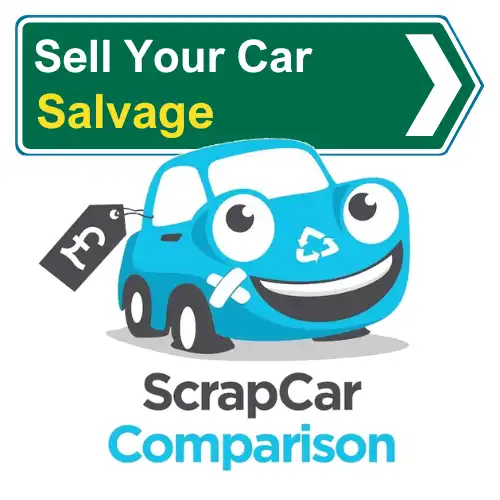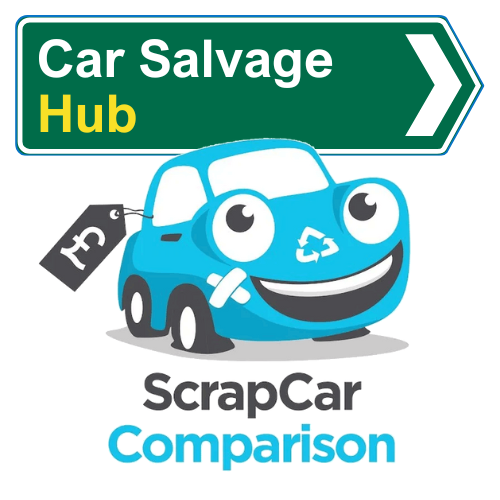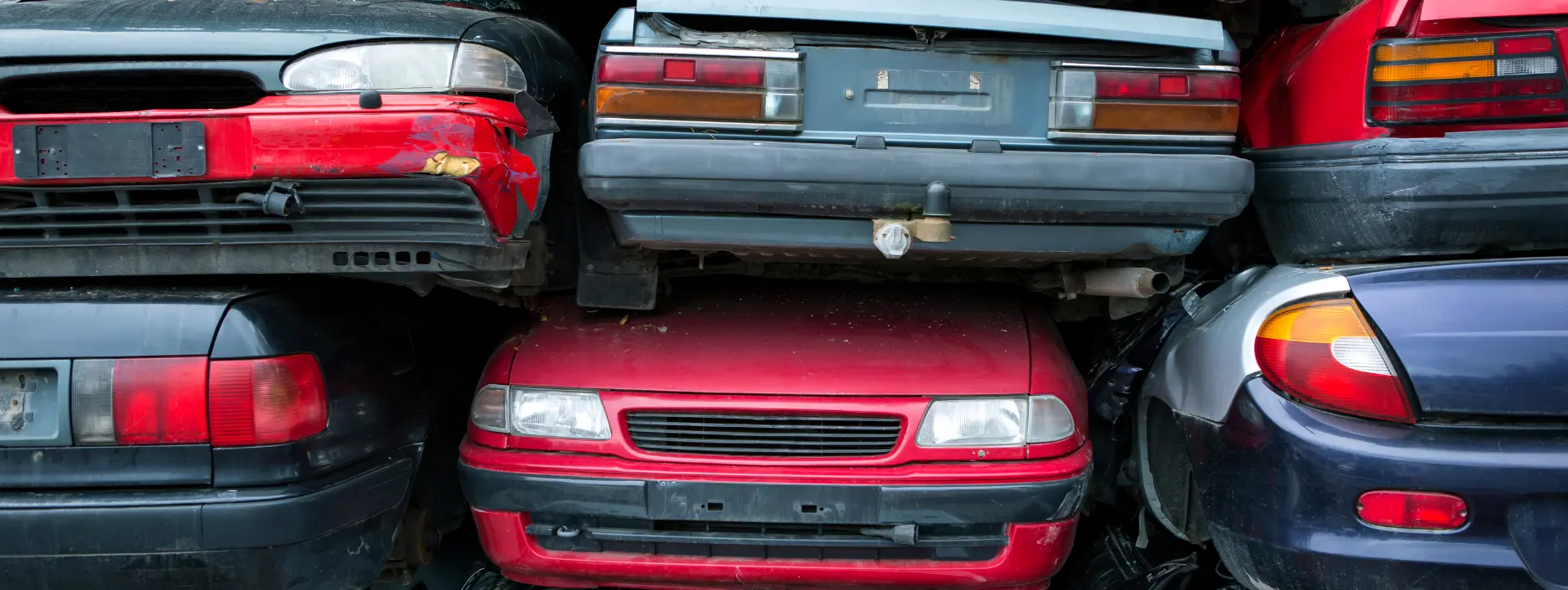Nobody has time for a flat car battery, especially if you’re on your way to work. If your car key is failing to get the engine started, it doesn’t necessarily mean your battery is dead. It may just need a helping hand to get it going. Jump starting a car is something every driver should know how to do. After all, you never know when you’re going to be caught out. So, we’ve put together a step-by-step guide to jump starting your car, so you can fire up the engine and get back on roads as soon as possible.
If no amount of jump starting can breathe life back into your broken old car, sell it with Scrap Car Comparison instead and earn yourself a lump sum of money to put towards a newer vehicle. We can quote you a price for your car in just 30 seconds and should you accept once of the offers from our Authorised Treatment Centre partners, you’ll get free collection for the vehicle included as standard! We operate all over the UK, so wherever you are, call 03333 44 99 50 or use our scrap car price calculator to find out what your vehicle is worth today!
Why do car batteries fail?
The battery in your car is an essential bit of kit but there are a number of reasons that it could simply stop working unexpectedly. These devices are prone to going flat if the vehicle isn’t used for an extended period of time, like if they’re stored in a garage during the winter. Ironically, the cold weather can also be another cause for batteries not working right so you might feel like you’re at risk whether you choose to drive it in the colder months or not.
Another common reason for batteries to give out is a faulty alternator. This is the component that keeps batteries from running out of juice completely, using the energy created by the vehicle itself when the engine is running. Think of it a little bit like a secondary generator. If it fails, your car will use all of the power it has and then won’t have enough to kickstart the engine next time around.
What do I need to jump start a car?
To jump start a car, you will need:
- A pair of jump leads
- A second car/vehicle with a fully charged battery
Safety checks before you jump start a car
Before you jump start a car, you need to check:
- The battery isn’t damaged or leaking
- The jump leads aren’t damaged
- That you have removed all metal jewellery, and no clothing or metal can touch the battery
- The key is not in the ignition
How do I jump start a car?
- Firstly, you need to park the second vehicle with the fully charged battery as close as possible to the vehicle with the flat battery. The jump leads need to be able to comfortably reach from one battery to the other.
- Make sure both vehicle engines are off, as well as any electrical systems such as lights, sat-nav, radio etc. Then remove both ignition keys and open the bonnets.
- Now that both vehicles are in position, you need to connect the red lead to the positive (+) terminal on the flat battery and the other end of the red lead to the positive (+) terminal on the charged battery.
- Once the red cable is connected, you need to connect the black cable to the negative (-) terminal on the charged, working battery. Do not attach the other end directly to the flat battery.
- Instead, the other end of the black cable needs to be clamped away from the flat battery and fuel system, on a solid, unpainted metal part of the engine. This is your earthing point. Some cars have a specific area called an earthing rod that you can use – check your vehicle’s owner’s manual to see if yours has one.
- Once all four ends are connected, start the engine of the car with the charged battery and leave it running for one minute.
- Now try and start the car with the flat battery. If the car starts, leave both vehicles running for around 10 minutes. If the vehicle with the flat battery doesn’t start, you may need a new battery and a professional to assess the issue.
- Now that you’ve (hopefully) jump started your car, you need to switch off both engines before removing the leads in the reverse order to the way they were connected. Don’t let the leads touch each other, or either car, as you remove them.
- Start up the engine on the car which had the flat battery and try to drive the vehicle around normally for about 30 minutes to put some charge back into the battery.
 Interested in learning more? Take a look at our related articles for more helpful guidance and expert tips.
Interested in learning more? Take a look at our related articles for more helpful guidance and expert tips.

Sell A Damaged Car As Salvage
An old or damaged car can still be valuable sold for spares and repairs – we can connect you with the right specialist buyer.
 Car Salvaging Knowledge Hub
Car Salvaging Knowledge Hub
Getting the most value out of a broken car involves finding a specialist buyer who can pay good prices for spares and repairs. Everything you need to know can be found here in our knowledge hub.

Value a salvage car
Determining the residual value of a salvage car is important whether buyig or selling. This guide walks you through everything to consider.
Scrapping VS salvaging a car
The roadworthiness of your car could make the difference between whether it’s destined for scrap or salvage, and of course the value…
Can A Salvage Title Car Be Insured?
Recently bought a salvage car and wondering whether you need to get insurance before you drive it? This guide explains all the details
What to do if you’ve written off your car
This guide walks you through everything you need to know after your car’s been totalled.

